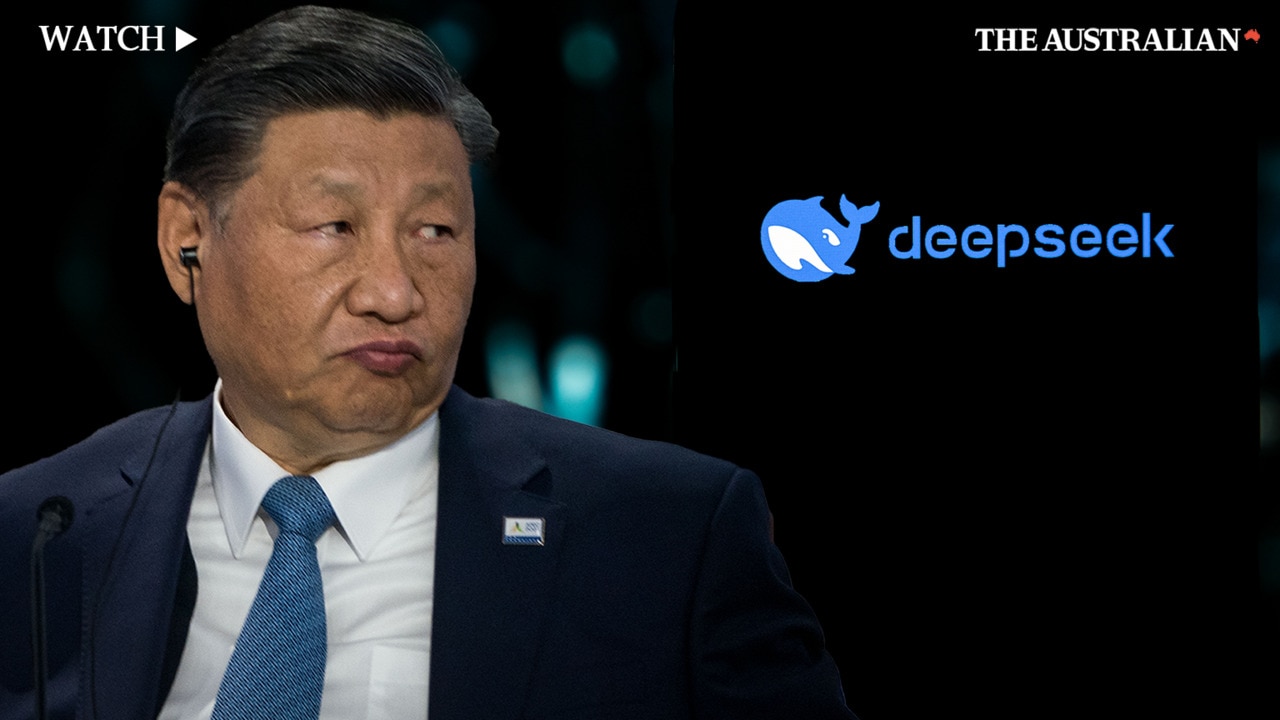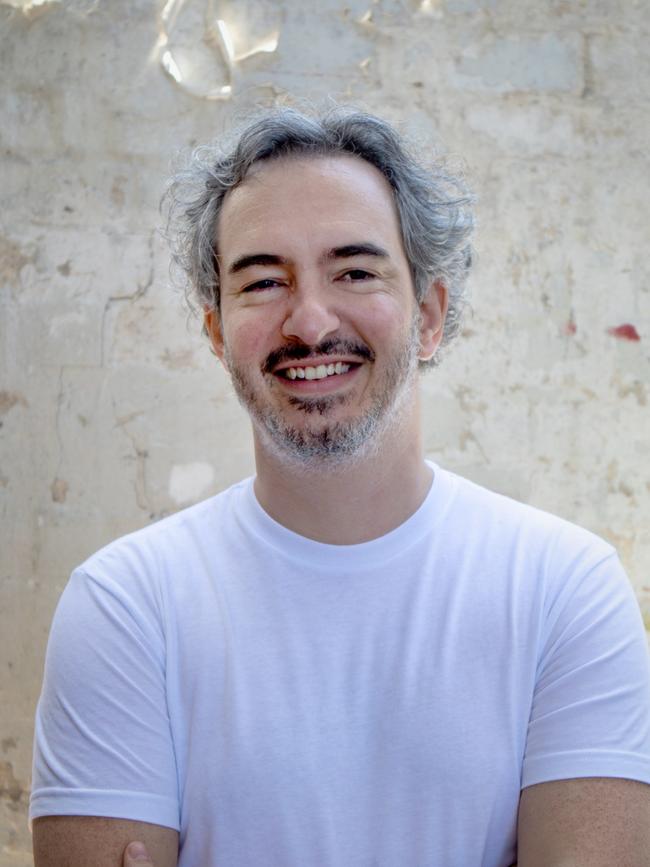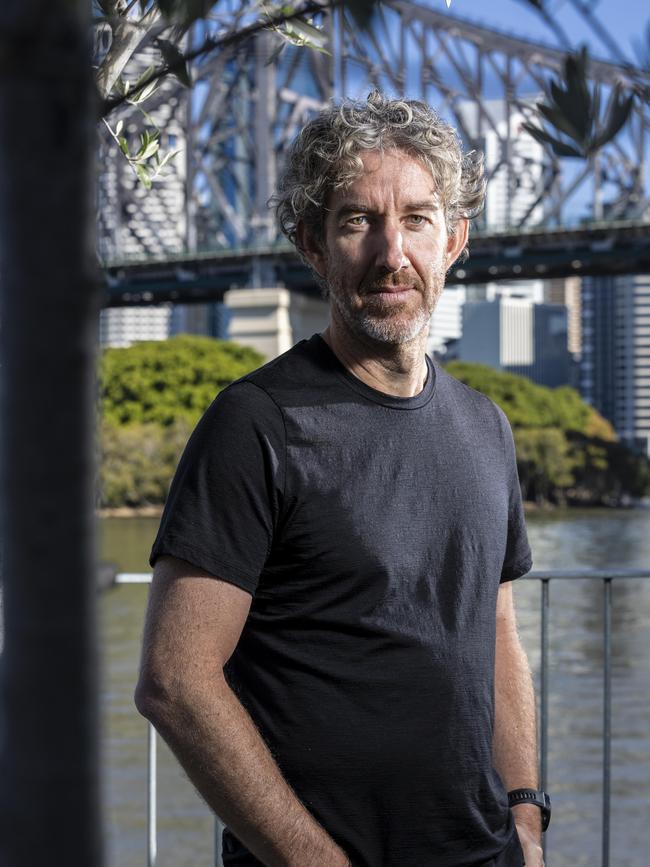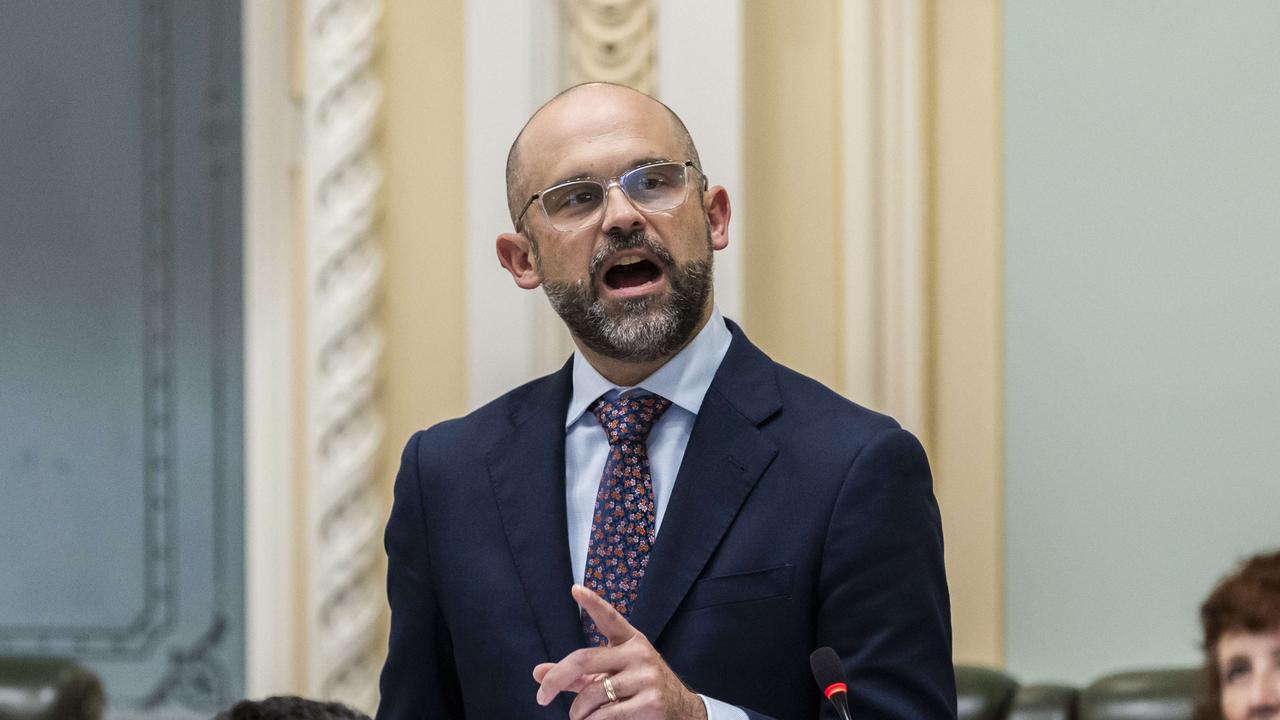Meet ‘Matilda’ – Australia’s chance to ride DeepSeek wave
China has shown the world artificial intelligence can be done on the cheap, opening the door for Australia to catapult itself into a new digital Cold War.

China has shown the world artificial development can be done on the cheap, opening the door for Australia to catapult itself into a new digital Cold War.
DeepSeek – which was until last week a little-known Chinese AI model – has emerged as a strong challenger to the US’s tech goliaths and its dominance of AI. Crucially, it’s shown that companies no longer need the deep pockets of Silicon Valley to develop top technology. DeepSeek cost only $US5.6m ($9.1m) to train but matches America’s best, including ChatGPT.
So does that mean we’re about to see ‘‘Matilda’’ – Australia’s answer to ChatGPT – lighting up screens soon?
After all, there is room. Facebook founder and Meta chief executive Mark Zuckerberg says there won’t be “one big AI that everyone uses that does the same thing”.
“People are going to get to choose how their AI works and what it looks like for them,” he says.
The previous notions of tech development have also been upended, according to Atlassian co-founder Scott Farquhar.
“It used to be that technology had a trickle-down effect, where defence and large corporations invested in technology and small businesses only benefited years or decades later,” Farquhar says, while not speaking specifically about DeepSeek.
“These days technology adoption has inverted – it is the smaller companies who are able to adopt new technologies faster and go after incumbents.”
Australia does have the talent to produce high quality AI. JJ Fiasson developed a homegrown foundational model, Leonardo.Ai, two years ago. Canva acquired his company last June after it held its own against Silicon Valley’s best.
Leonardo.Ai has parallels with DeepSeek – namely the ability to create top technology with limited means.

“It’s innovation through constraint,” Fiasson says.
“The DeepSeek news is really quite exciting because it’s good confirmation of the idea that you don’t necessarily need to have huge amounts of compute to do really interesting stuff.
“DeepSeek has released a couple of research papers and if you look at what they’ve done there’s been some really interesting innovations from an architectural perspective, optimisation. A number of things led to them being able to achieve orders of magnitude improvement in terms of how long certain tasks take, and that culminated in a training run that is speculated to have cost $US5m in compute, which is insane.”
But does that open the doors for Australia to create its own version of ChatGPT – a large language model that can send a chill through Silicon Valley?
“The question would be what are you trying to achieve with the model?” Fiasson says.
“There are all these LLMs, right? So what would be your goal in terms of entering the market? What’s your differentiating point?
“It makes sense for China to have their own homegrown LLM capability. But what would it be seeking to achieve? It is of course an ongoing spending race as well. While it might be cheaper to participate than might have been previously thought, what’s the commercial aspects?”

It makes more sense for Australia to create specialised models, rather than general, as Fiasson did with Leonardo.Ai, which allows people to create stunning visual artwork with a few verbal prompts.
Fiasson is investing in research to stay ahead of the game as big tech companies muscle in on AI image generation. But he maintains that what Leonardo.Ai does is different to Microsoft or OpenAI.
To accelerate the development of AI research in Australia – and ensure the technology lives up to its claims – Leonardo.Ai has partnered with University of Technology Sydney to create a new doctorate program.
Four different scholarships are available. Research areas include safety and bias in generative AI, efficient architectural designs for generative AI models and “deliberate forgetting” in AI training.
“Think about research as a spectrum, going from applied research to near-term exploratory to this more frontier exploratory research,” Fiasson says.
“We are setting up a structure where we essentially have bets across the entire spectrum because if you’re only focused, for example, on applied or near-term research, then you’re not working on the things that might give you the breakthrough capabilities that can really level up what you actually bring to market.
“So I think having that whole spectrum and PhD program is definitely a key part of that more frontier research piece.”

Atlassian is spearheading the development of a Silicon Valley-like hub in Sydney known as Tech Central. The $1.4bn development, beside Sydney’s Central Station, has been a decade in the making and is set to be completed by 2027.
The six square kilometre district bordered by Haymarket, Camperdown and South Eveleigh is already home to Afterpay owner Block, Canva, Safety Culture and Rokt. A tech incubator – combining the best of Australian talent – is something that Farquhar and Atlassian chief executive Mike Cannon-Brookes wish they had access to when they started the software company 20 years ago.
And Fiasson says it will make a difference in elevating Australia’s tech profile.
“It’s always great to have lots of clever people in some level of concentration,” he says.
“There’s nothing that beats in-person conversation and connecting and that cross-pollination of ideas. So I’m sure it’ll reap rewards.”
Tech Council of Australia chief executive Damian Kassabgi says government support is still needed, warning it must “act now or risk Australia falling behind in AI development and adoption”.
“DeepSeek’s reported breakthrough shows that the AI landscape is highly competitive and rapidly evolving. To ensure Australia can keep up, we need co-ordinated action supported by a national plan,” Kassabgi says.
“We support the government’s National AI Capability Plan, which we began calling for in August 2023, but this work needs to be brought forward. Australia cannot wait for the plan to be finalised by the end of 2025.
“Development and adoption of AI in Australia could create up to $115bn in economic value annually and 200,000 jobs by 2030, according to Tech Council research. But realising these benefits will require the right policy settings and co-ordination with industry to ensure Australia is a competitive place to make and deliver technology products.”
Kassabgi says the TCA recommends six urgent actions for the National AI Plan, including uplifting the workforce, education and training; investing in critical infrastructure and assets; catalysing AI investment and adoption; attracting and supporting breakthrough AI research; enabling pro-innovation regulatory environment, and enhancing international engagement.




To join the conversation, please log in. Don't have an account? Register
Join the conversation, you are commenting as Logout